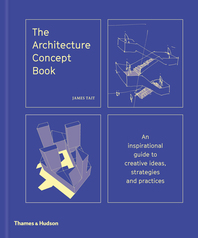Evoking the creations of a brilliant, futuristic insect, architect Michael Hansmeyer’s fantastical extrapolation of classical columns leaves no smooth surface untouched. Hansmeyer’s intention, he says, was “to start with as little as possible and arrive at something procedurally.” After subdividing a basic cylindrical shape, that “something” turned out to have 16 million faces — too many for even the most gigantic 3-D printer or robotic drill. Instead, an industrial mill cuts 3,000 individual layers of 1-millimeter-thick cardboard. The 3-meter-high columns pictured here are held together by their sheer weight. Newer versions will be made of a thermoplastic and stacked around a steel core to improve load-bearing capacity.
With this project Hansmeyer hoped to answer the question, “If one moves away from these additive processes in architecture and moves to something that’s purely procedural, what kind of forms and shapes are possible?” The architect, who teaches at the Swiss Federal Institute of Technology in Zurich, used Java to write the computer program employed to generate the shapes. “I don’t see an entire house being made of the columns, or at least not one I’d like to live in,” says Hansmeyer. “But I would like to see what else is possible.”
The columns will be on display at the Gwangju Biennale in South Korea from September 2 through October 23, 2011.



.jpg?t=1450318716&width=1080)








.jpg?t=1450318716&width=1080)


